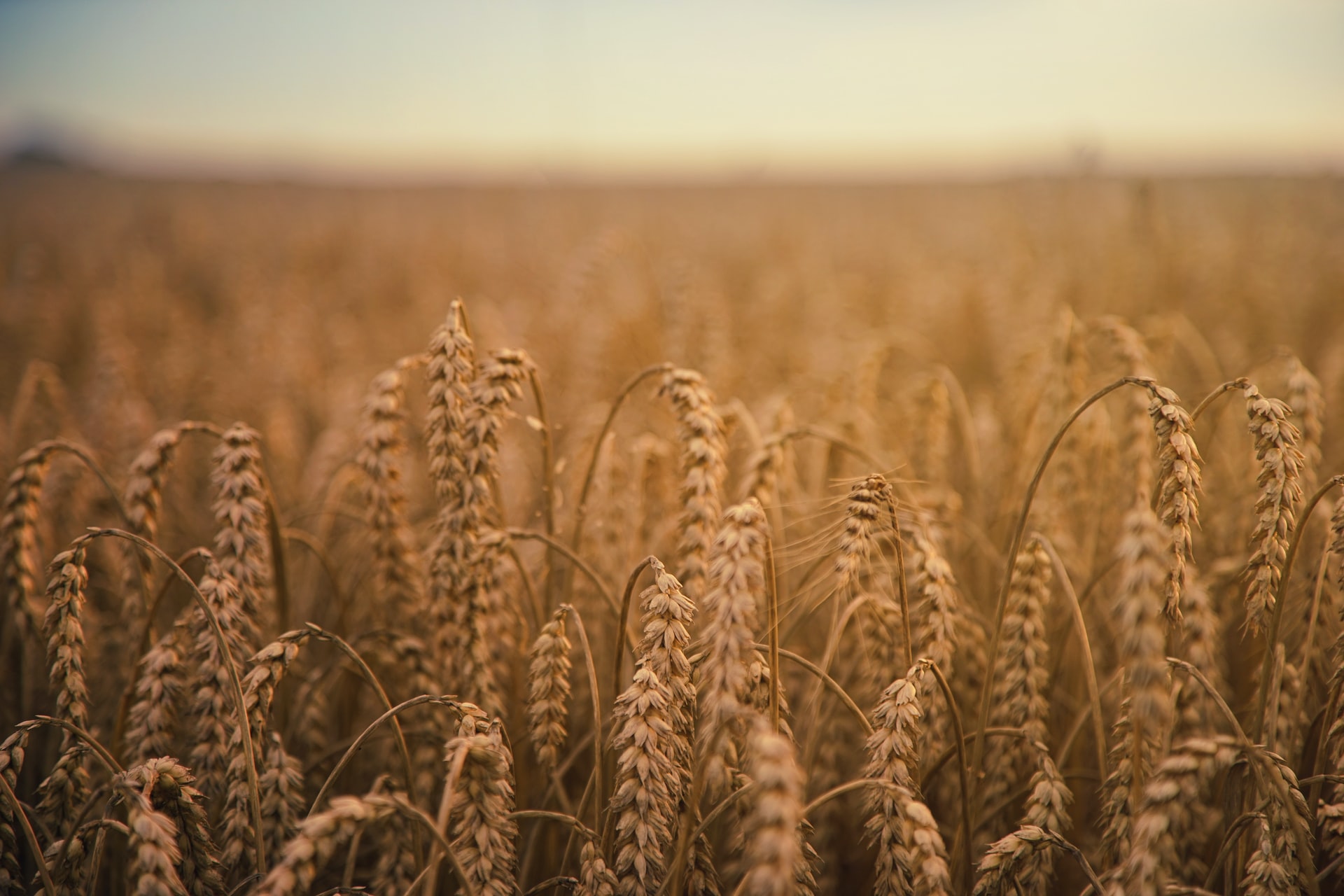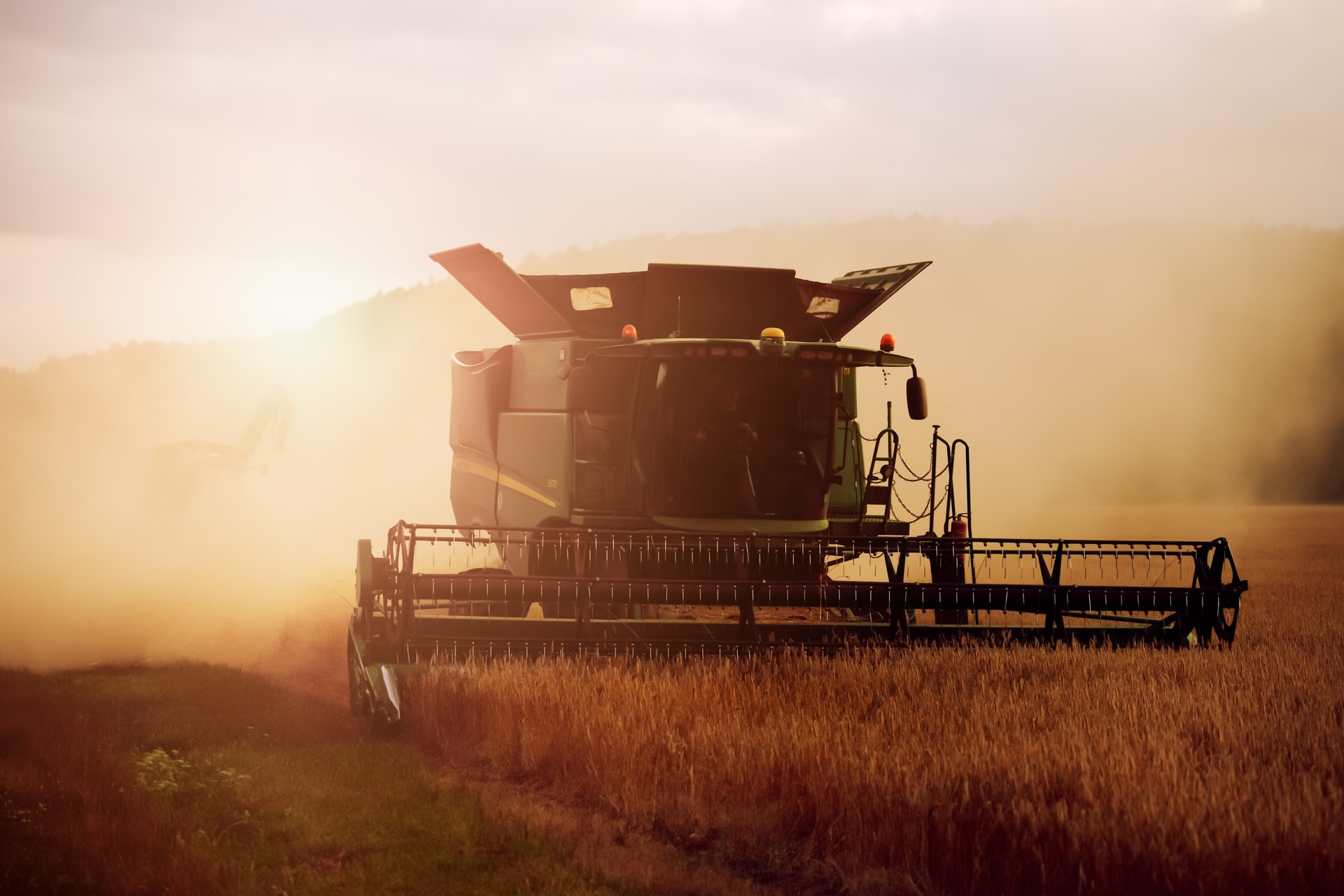WA Market Wrap
By Sophie Wooldridge
2nd February 2022
Despite Generally favourable growing conditions and record yields have seen the 21/22 West Australian crop reach 21.3 million tonnes into CBH, well in front of CBH’s previous record of 16.6 million tonnes in 16/17. Despite some weather delays at the start of harvest, the crop was coming off in full swing by late November, and the high volume of deliveries caused issues at some CBH sites as they started to reach capacity.
At 3.09 million tonnes, canola deliveries are nearly double those of last season, thanks to good yields and increased plantings on the back of strong pricing at seeding. Tonnages were up from last season in all zones, with Kwinana up from 470,000 tonnes to 1.18 million tonnes, and Geraldton up from 215,000 tonnes to 405,000 tonnes. Prices exceeded $1,000 per tonne in early November, before falling to $830 by the end of December, with several buyers exiting the market. Prices have since recovered to around $860 FIS Kwinana.
Wheat protein was low at the start of harvest, and although it improved as harvest progressed, almost half of the 11.86 million tonne of Western Australian crop was ASW1. This varied across the zones, with Albany seeing the highest portion of ASW1 (around 70%), and Esperance the lowest (around 30%). Frost affected areas around Merredin reported higher protein, and there were some big premiums earlier on as buyers competed for limited protein. Spreads between APW1 and ASW1 widened out to over $90 per tonne in early December, before returning to around $20 per tonne in mid-January.
Barley tonnes into CBH totalled 3.09 million tonnes, approximately 20% of which was malt. Growers have reported Planet proved more difficult to make malt specifications than other varieties such as Spartacus, due to issues with retention and protein. Spartacus malt premiums have remained steady around $20 over feed throughout most of the harvest. CBH introduced a new segregation this year, BFEDX, to allow for deliveries of frost affected grain with a minimum of 46kg/hl hectolitre weight, which has been priced around $20 below feed.
The East Coast has also had a bumper winter crop, although rains during harvest caused quality downgrades, particularly in New South Wales. With full moisture profiles in many areas, the production outlook is positive for next season. Harvest of summer crops is currently underway, and sorghum yields are well above average. Such a big crop has the potential to pressure feed values.
Looking forward, Western Australian growers have strong pricing opportunities available for the 22/23 season, with feed barley around $280, non-GM canola $870 and APW1 multi-grade $360 (Kwinana FIS).
One to watch will be logistics, with COVID-19 restrictions causing ongoing issues for labour and freight. Execution by bulk handling companies across the county will be under scrutiny from the trade to load vessels. It will be interesting to see the carry over of this big crop with traders finding it difficult to attain shipping slots, and the impact the low protein carryout will have on new crop pricing.
Ongoing dryness in the US and tensions in Ukraine will also likely see some volatility in the coming months.
Canola growers prepared for price volatility

New season canola prices are starting the year in nosebleed territory relative to other years, which makes canola a very attractive option to growers in 2022 .
Read MoreKeeping all the irons in the fire

As harvest rolls into its fifth month through parts of New South Wales, growers and traders alike are now turning their attention to the considerable task of executing one of our biggest crops on record.
Read MoreDisruption in the feed grain sector

Australia's key atmospheric and oceanic indicators point to a continued La Niña weather pattern sticking around until at least February 2022.
Read MoreHeadwinds facing farmers in 2022

Harvest is slowly wrapping up on the east coast however the ever persistent La Nina continues to delay the placement of the final full-stop on this seasons bumper harvest.
Read MoreThe higher the bid, the further to fall

As December finally brought the welcome news of a reprieve from the rain across most of the East Coast, the increase in harvest activity unfortunately seemed to coincide with a decrease in values to the Australian grower.
Read More